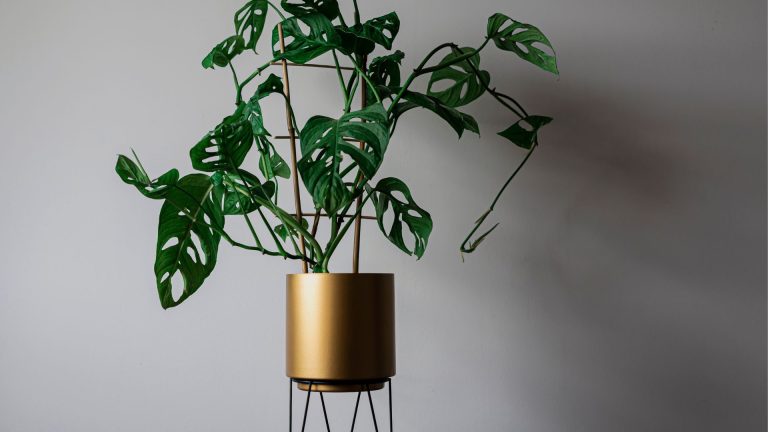Can Houseplants Really Clean Your Air? The Surprising Truth
There’s no doubt that houseplants have become a staple in modern home decor. Whether you’re creating a lush, green sanctuary or simply adding a few leafy accents to brighten up your living space, houseplants have a magical way of transforming a room. But beyond their aesthetic appeal, houseplants are often touted for their ability to purify the air. You’ve probably heard the claim that keeping plants indoors can improve air quality, reduce toxins, and even boost your overall health. But how true is this?
In this post, we’re diving into the science behind houseplants and their air-purifying abilities. Do they really make a difference in the air you breathe? Can adding a few potted plants to your living room improve your health and well-being? Let’s explore the facts, dispel some myths, and discover which plants are best for purifying indoor air.
The Science of Air Purification
The idea that houseplants can purify the air comes from a famous study conducted by NASA in the late 1980s. The NASA Clean Air Study aimed to investigate how plants could help improve the air quality in space stations by removing harmful chemicals and toxins. The results were fascinating: the study found that certain houseplants could remove volatile organic compounds (VOCs) like benzene, formaldehyde, trichloroethylene, and ammonia from the air. These chemicals are commonly found in household products like cleaning agents, paints, furniture, and carpets, and long-term exposure to them can have detrimental health effects.
Plants, according to the study, absorb these harmful chemicals through their leaves and roots. They then either store or metabolize these toxins in a way that reduces their concentration in the surrounding environment. Some plants even help increase oxygen levels through photosynthesis, which further improves indoor air quality.
While NASA’s study was groundbreaking, it was also conducted in controlled environments with very specific conditions. So, while the findings were promising, it’s important to understand that the air-purifying effects of houseplants in a typical home or office may not be as dramatic.

Do Houseplants Actually Purify the Air in Your Home?
In a typical home or office setting, the question remains: how much of a difference do houseplants really make? The short answer is that while houseplants can contribute to improved air quality, their effects in an everyday environment might not be as significant as some might think.
For one thing, the size of your plants, the number of plants, and the air circulation in your home play a huge role in how effective plants are at cleaning the air. NASA’s study was conducted with an ideal setup — plants in a closed system with little air exchange. In contrast, our homes have open windows, fans, and other sources of ventilation that constantly circulate the air. In an environment like this, the impact of a few plants on air quality may not be enough to completely purify the air.
However, studies have shown that plants can still improve the indoor environment in other ways. Even if their air-purifying abilities are modest, they can still help create a more pleasant and healthy living space by:
- Increasing Humidity: Plants release moisture into the air through a process called transpiration. This helps increase the humidity levels in your home, which can be especially beneficial during the winter months when indoor air tends to be dry. Increased humidity can help alleviate dry skin, irritated sinuses, and dry eyes.
- Reducing Stress and Boosting Mood: Studies have shown that simply being around plants can have positive psychological effects. Plants are associated with relaxation, reduced stress, and improved mood. The presence of greenery can promote feelings of calm and well-being, and some people even report increased productivity and focus when surrounded by plants.
- Improving Oxygen Levels: While houseplants may not dramatically increase oxygen levels, they do engage in photosynthesis, which converts carbon dioxide into oxygen. Having plants in your space can provide a small but steady increase in oxygen, especially in rooms with limited airflow.
- Slightly Filtering Toxins: As we mentioned earlier, plants can absorb harmful chemicals like formaldehyde and benzene. While one or two plants won’t create a noticeable improvement in indoor air quality, a collection of plants, particularly those that are known for their air-purifying abilities, could contribute to a healthier atmosphere over time.
Best Air-Purifying Plants for Your Home
If you’re looking to create an air-purifying indoor garden, here are some plants that are particularly effective at filtering toxins and improving air quality. These plants are not only beautiful but also practical additions to your home.
1. Spider Plant (Chlorophytum comosum)
The spider plant is one of the best plants for beginners, and it’s also great at purifying the air. It has been shown to remove carbon monoxide and formaldehyde from the air. It’s easy to care for, can thrive in various lighting conditions, and requires little maintenance, making it a popular choice for homes and offices alike.
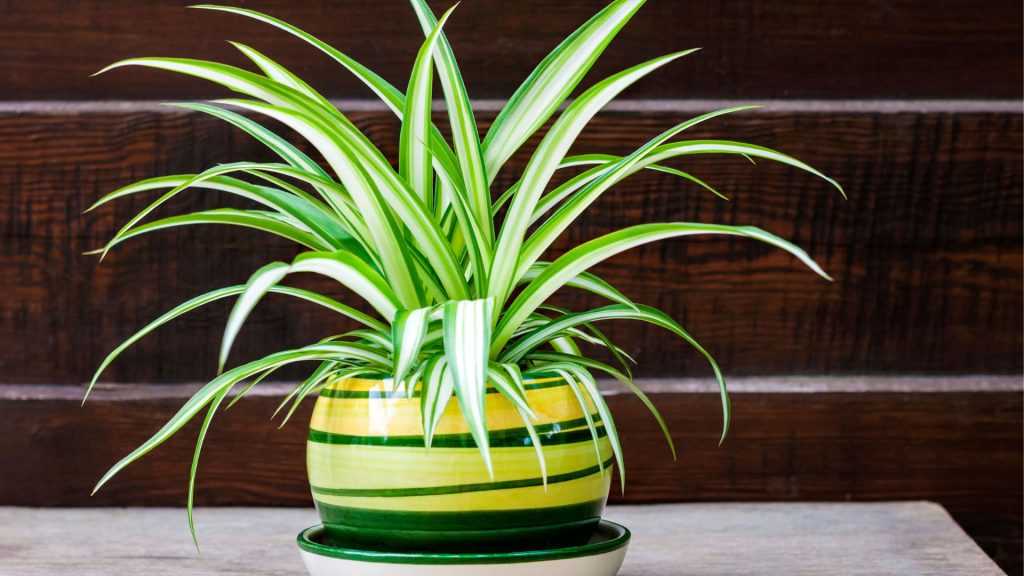
2. Peace Lily (Spathiphyllum)
The peace lily is not only a beautiful flowering plant but also an excellent air purifier. It’s known to remove a variety of toxins, including formaldehyde, benzene, and trichloroethylene. The peace lily thrives in low light and requires minimal care, making it perfect for indoor spaces. Plus, its elegant white flowers make it a lovely addition to any room.
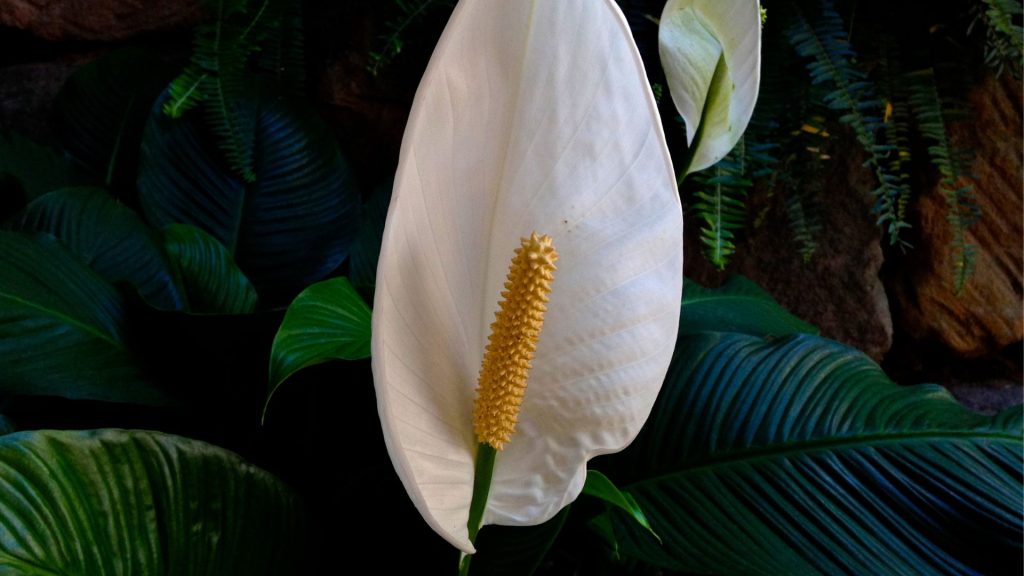
3. Snake Plant (Sansevieria trifasciata)
The snake plant is a true powerhouse when it comes to air purification. It’s particularly effective at removing formaldehyde, benzene, and other VOCs. The snake plant is also unique in that it continues to produce oxygen at night, unlike most plants that only do so during the day. It’s one of the easiest plants to care for and can tolerate low light and neglect.
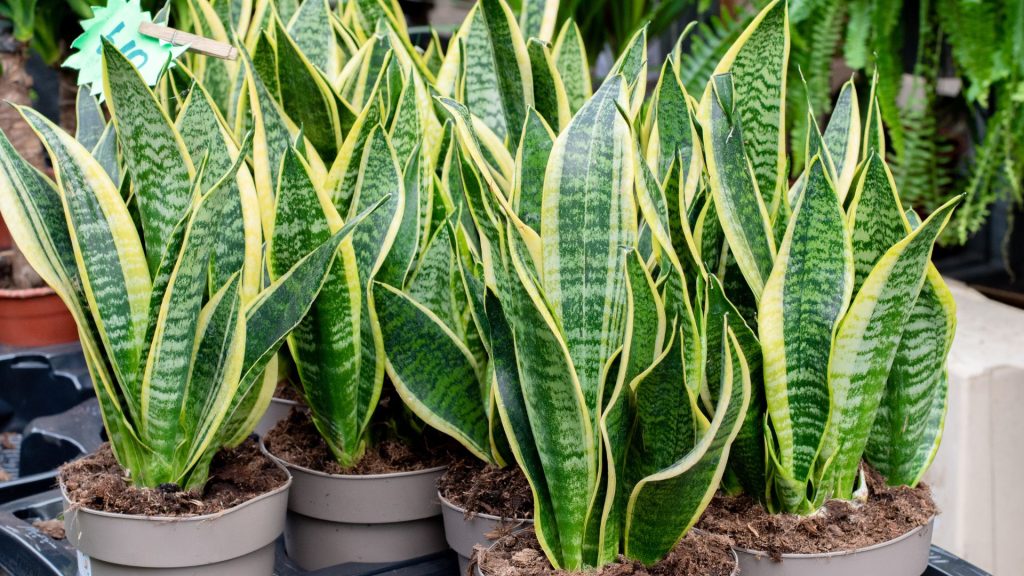
4. Aloe Vera
Aloe vera is well-known for its healing properties, but it’s also great at removing formaldehyde and benzene from the air. Aloe vera is a succulent, so it requires very little water and prefers bright, indirect sunlight. It’s a perfect addition to a sunny kitchen or windowsill.
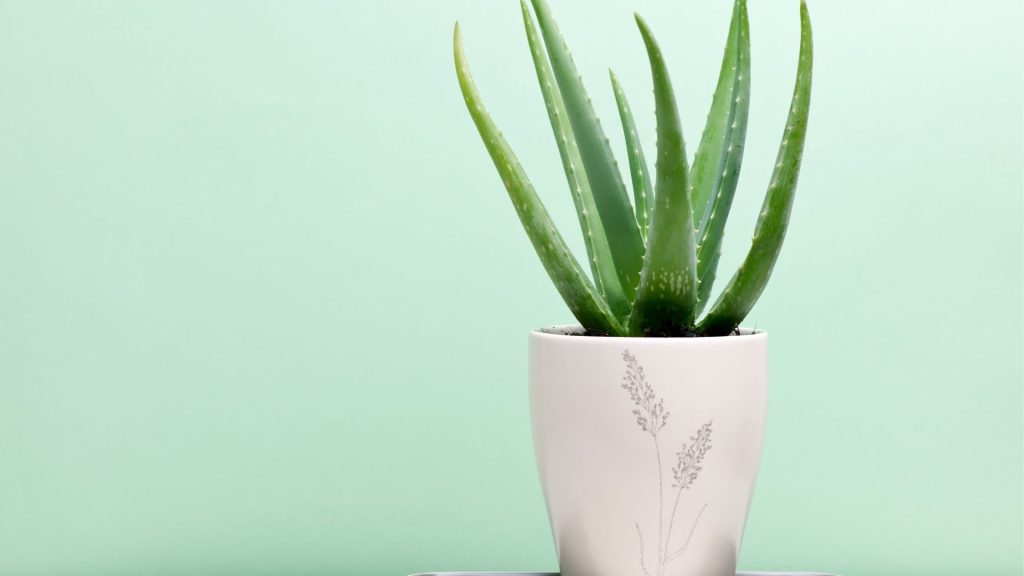
5. Areca Palm (Dypsis lutescens)
The areca palm is not only a beautiful plant but also a powerful air purifier. It removes a wide range of toxins, including formaldehyde, xylene, and toluene. This palm plant is perfect for larger spaces with plenty of natural light, and it helps improve indoor humidity levels, which can benefit your skin and respiratory health.

6. English Ivy (Hedera helix)
English ivy is a versatile and effective plant for purifying the air. It is particularly good at filtering out formaldehyde, benzene, and xylene. English ivy can be grown in hanging baskets, on shelves, or trained to grow on trellises, making it a great option for small spaces.

Practical Considerations for Air Purification
While houseplants can contribute to cleaner air, it’s important to remember that they aren’t a magic solution. To truly improve the air quality in your home, it’s essential to combine plants with other strategies, such as:
- Regular ventilation: Opening windows and using fans to circulate air can help reduce indoor pollutants.
- Air purifiers: High-efficiency particulate air (HEPA) filters and other air purifiers can be highly effective at removing toxins and allergens.
- Reducing indoor pollutants: Be mindful of the chemicals in cleaning products, furniture, and paints that may release harmful VOCs into the air. Choosing natural, non-toxic products can help reduce indoor air pollution.
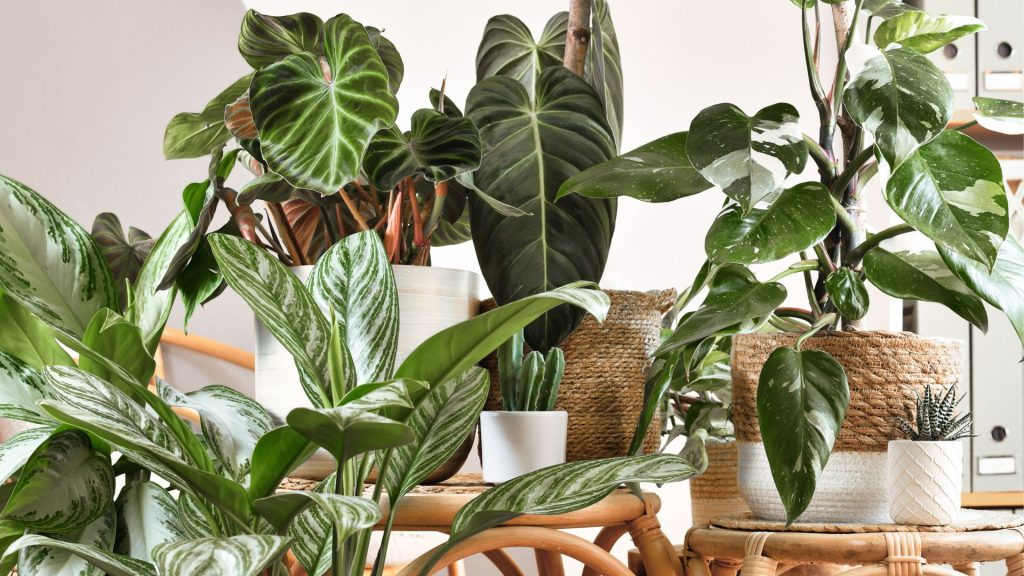
Sunny Thoughts
So, do houseplants really purify the air in your home? The answer is yes — to an extent. While they may not have the dramatic effects that some people claim, plants do play a role in improving the indoor environment by filtering out certain toxins, increasing humidity, and adding a touch of natural beauty. When paired with good ventilation and other air quality practices, houseplants can be a valuable addition to your home.
Whether you’re aiming to purify the air, reduce stress, or simply add some greenery to your space, houseplants are a win-win. So go ahead — add a few of the best air-purifying plants to your home and enjoy the fresh, clean air they help create!
What’s your favorite plant in your home? Do you feel a difference in the air when you have more greenery around? Let us know in the comments below!





